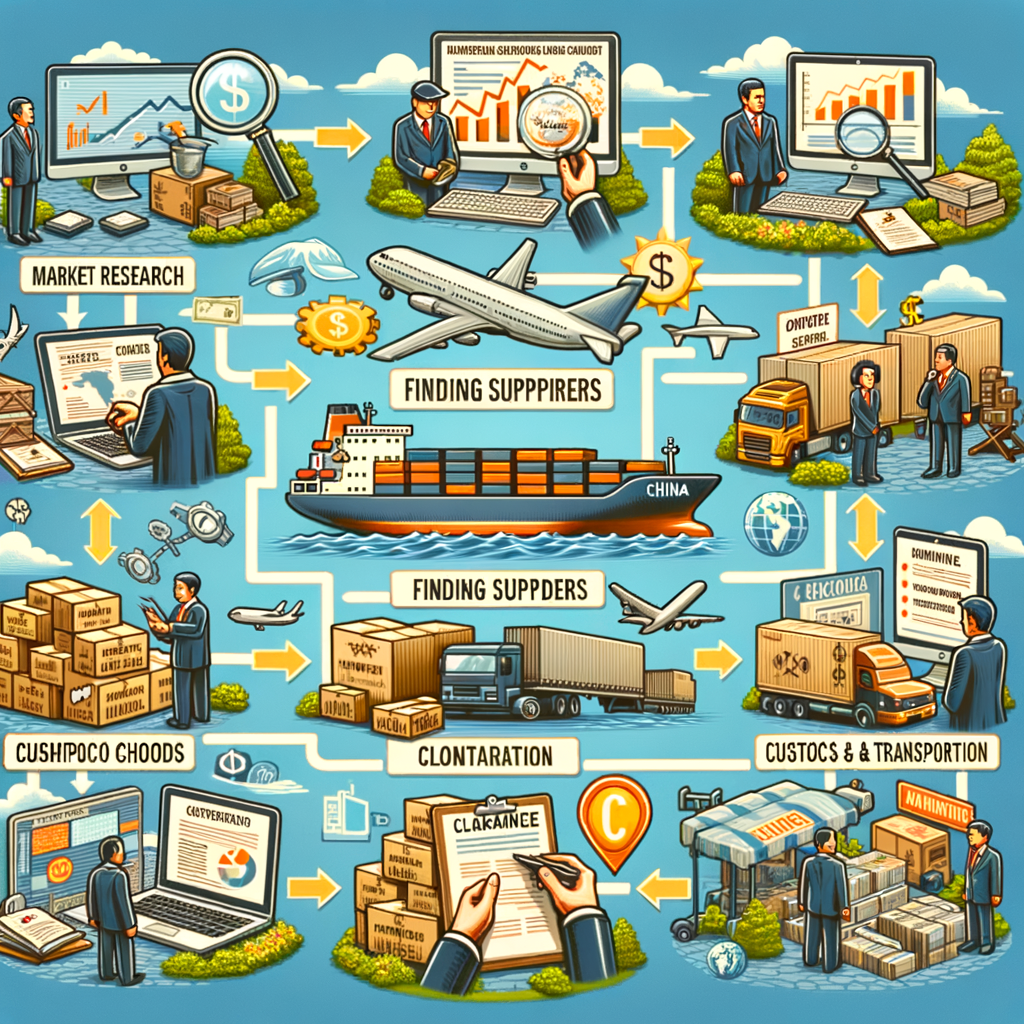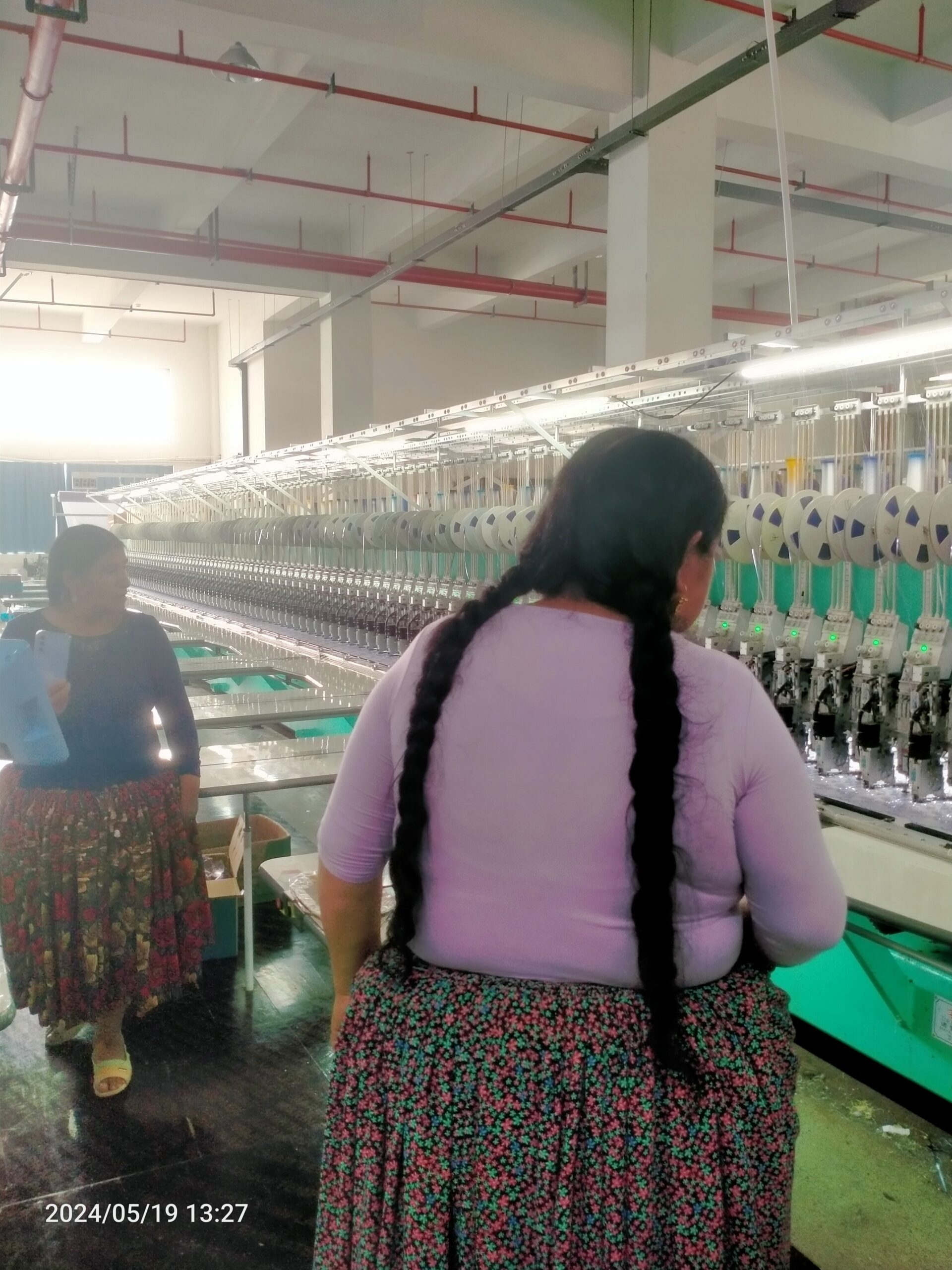Importing Goods from China to South America can be a lucrative business venture, but it requires careful planning, adherence to legal requirements, and efficient logistics management. Whether you are a first-time importer or looking to refine your import strategy, this guide outlines the essential steps for successfully bringing goods from China to South America.
1. Market Research: Identifying the Right Products
The first step in any import process is thorough market research.
- Identify Products: Determine the items you want to import and assess the demand for them in your local market. Popular categories include electronics, clothing, home goods, and machinery.
- Study the Competition: Analyze competitors’ pricing, product quality, and sourcing strategies. Understanding your market will help you position your imports competitively.
Importing Goods from China
2. Finding Reliable Suppliers
Choosing the right supplier is critical for ensuring product quality and timely delivery.
- Online Platforms: Platforms like Alibaba, AliExpress, and Made-in-China are popular resources for sourcing products. They provide a wide range of suppliers offering diverse goods.
- Verify Supplier Credibility: Check reviews, ratings, and feedback from previous buyers. Request certifications and confirm the supplier’s legitimacy through video calls or factory visits if possible.
Importing Goods from China
3. Negotiating with Suppliers
Once you’ve identified potential suppliers, effective negotiation ensures favorable terms.
- Request Quotes: Contact multiple suppliers to compare pricing, minimum order quantities (MOQs), and delivery terms.
- Discuss Terms: Negotiate not only the price but also lead times, shipping options, and payment methods. Establish clear terms for returns and refunds in case of quality issues.
Importing Goods from China
4. Navigating Legal and Regulatory Requirements
Compliance with import regulations in your country is crucial to avoid delays or penalties.
- Register as an Importer: Most South American countries require businesses to register as importers to handle international trade.
- Licenses and Permits: Verify if your products require special permits. For example, medical devices or electronics may have additional certification requirements.
- Quality Standards: Ensure the products meet local safety and quality standards. Non-compliance can result in fines or goods being held at customs.
5. Logistics and Transportation
Choosing the right shipping method and logistics partner is essential for cost-effective and timely delivery.
- Shipping Methods:
- Maritime Transport: Ideal for bulk shipments due to its cost-effectiveness but slower transit time.
- Air Freight: Faster but more expensive, suitable for smaller, high-value items.
- Land Transport: Often used for regional distribution once the goods reach South America.
- Hire a Customs Broker: Customs brokers can handle the complex documentation and ensure compliance with local import regulations. They streamline the clearance process and reduce the risk of delays.
6. Customs Clearance
Smooth customs clearance is a critical step in the import process.
- Required Documentation: Common documents include a commercial invoice, bill of lading (or airway bill), packing list, and certificates of origin. These documents provide customs authorities with the necessary information to process your shipment.
- Pay Import Duties and Taxes: Research applicable tariffs and taxes in your country. Many South American countries levy duties based on the product’s value, weight, or classification.
7. Receiving the Goods
Once your shipment clears customs, inspect and prepare it for distribution.
- Inspection: Carefully check the products for quality and quantity discrepancies. Ensure they match the agreed-upon specifications.
- Storage: Arrange for suitable storage facilities, particularly if you’re handling large shipments or products requiring specific conditions (e.g., temperature control).
8. Marketing and Selling Your Products
With your goods in hand, it’s time to focus on getting them to your customers.
- Develop a Sales Strategy: Decide whether you’ll sell through physical stores, online platforms, or distributors. E-commerce platforms like Mercado Libre or creating a dedicated website can be effective for reaching a broader audience.
- Leverage Digital Marketing: Utilize social media, email campaigns, and digital ads to promote your products. Highlight unique selling points such as quality, affordability, or exclusivity.
Additional Tips for Successful Importing
- Use Contracts: A detailed contract protects both you and the supplier by clearly defining responsibilities, timelines, and dispute resolution methods.
- Request Product Samples: Before placing a large order, ask for samples to evaluate quality and suitability.
- Stay Updated on Regulations: Import policies in South America can change frequently. Keeping informed ensures compliance and avoids unexpected complications.
- Build Relationships: Cultivate strong relationships with reliable suppliers and logistics partners. Trust and consistency are invaluable for long-term success.
Country-Specific Considerations
Each South American country has unique import requirements and regulations:
- Brazil: Known for high import taxes, Brazil requires compliance with strict standards, especially for electronics and machinery.
- Argentina: Import quotas and complex bureaucratic processes may require additional planning.
- Chile: With relatively open trade policies, Chile offers one of the easiest environments for importing goods in South America.
- Peru and Colombia: Growing economies with increasing demand for imported goods. Both countries emphasize compliance with health and safety standards.
Conclusion
Importing goods from China to South America is a multifaceted process that demands meticulous planning and execution. By conducting thorough market research, selecting reliable suppliers, ensuring compliance with legal requirements, and managing logistics effectively, you can unlock the immense potential of this trade route. With attention to detail and strategic partnerships, importing can become a highly rewarding venture, driving business growth and profitability in the diverse and dynamic South American market.




